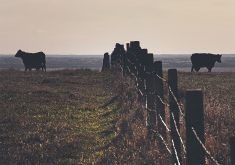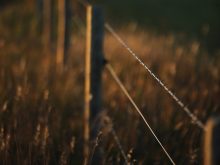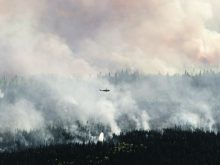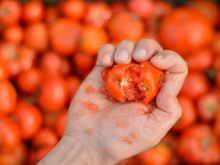The Prairies have turned out to be a great place to grow crops and raise livestock.
The obstacles are massive, of course, and many of them have to do with our — let’s call them “challenging” — climatic conditions.
Potential drought has always been a problem. Farming becomes a daunting task when the rain stops.
Our bone-bitingly cold temperatures in the winter can make things difficult for livestock producers.
There was a time when a lot of folks weren’t even sure it was a good idea to attempt such a venture in this part of the world. Most famously, John Palliser reported back after his fact-finding mission to Western Canada in 1857-61 that a good chunk of the region — now known as the Palliser Triangle — was unsuitable for agriculture.
Read Also

Kochia has become a significant problem for Prairie farmers
As you travel through southern Saskatchewan and Alberta, particularly in areas challenged by dry growing conditions, the magnitude of the kochia problem is easy to see.
However, generations of farmers set out to prove him wrong, and despite some catastrophes, such as the dust bowl of the 1930s, the Canadian Prairies have proven to be a pretty good place to be in the business of producing food.
This determination to defy inclement climate is still alive and well, and not just on the Prairies.
I recently read about a woman who is raising chickens in Inuvik, of all places.
Located 200 kilometres north of the Arctic Circle with an average day-time high in January of -22.8 C, the place doesn’t immediately spring to mind as a farming town.
But Raygan Solotki decided to give it a try, and by all accounts it worked.
The birds have to stay indoors for seven months of the year, and the high cost of everything prompted Solotki to find innovative ways to keep them fed.
The local grocery store provides her with spoiled food, and when stocks run low, she puts out a notice on Facebook and her neighbours start delivering food.
The enterprise has more to do with food security than turning a profit. Fresh eggs are a rare commodity that far north, and the eggs that do make it up there are usually eight weeks old.
Solotki, who handed the chickens off to others this year due to a medical emergency, has no trouble selling her straight-from-the-hen eggs, but she only makes $18 a day.
It’s certainly an inspiring story, to which all prairie producers can relate.
















